Why do Our towns and cities need to be better prepared for flooding?
The urbanisation surge has resulted in vast impervious surfaces, making towns and cities more susceptible to flooding. Climate change, with its erratic rainfall patterns, exacerbates the problem. As population densities rise and concrete expanses expand, cities require sustainable solutions to safeguard their future. This is where innovations like SuDS planters play a crucial role.
London, with its vast urban landscape and the serpentine River Thames coursing through its heart, faces unique challenges regarding flood risks. Several areas in London are particularly vulnerable to flooding. Tidal activities, combined with the river's flow, pose significant threats. Add to this the periodic yet heavy rainfall and London's increasing urban heat island effect, and the risks are amplified.
To address these challenges, several strategies can be implemented. First, traditional drainage systems need to be regularly inspected and maintained. These systems, if left unchecked, can become overwhelmed during heavy rainfalls.
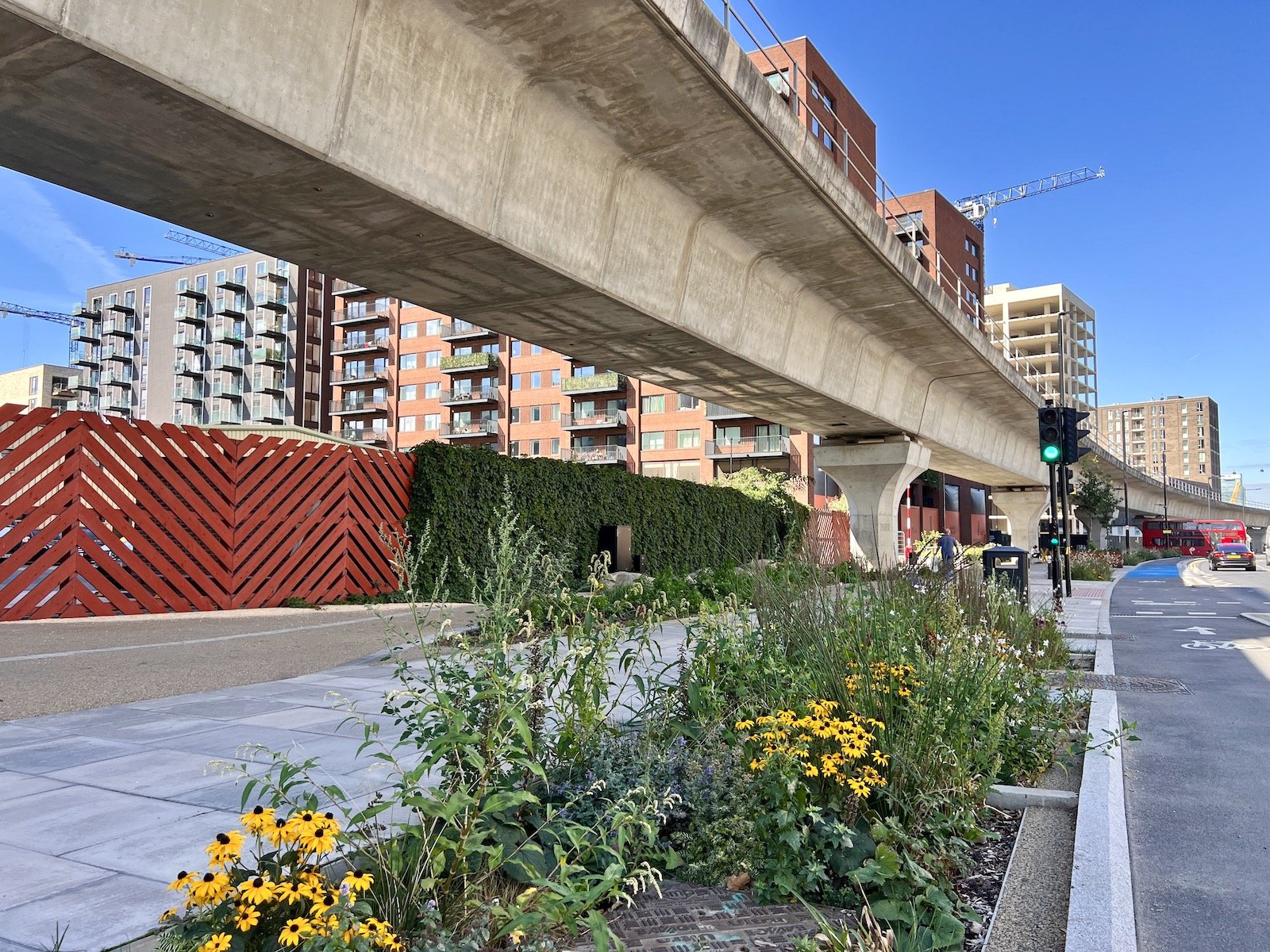
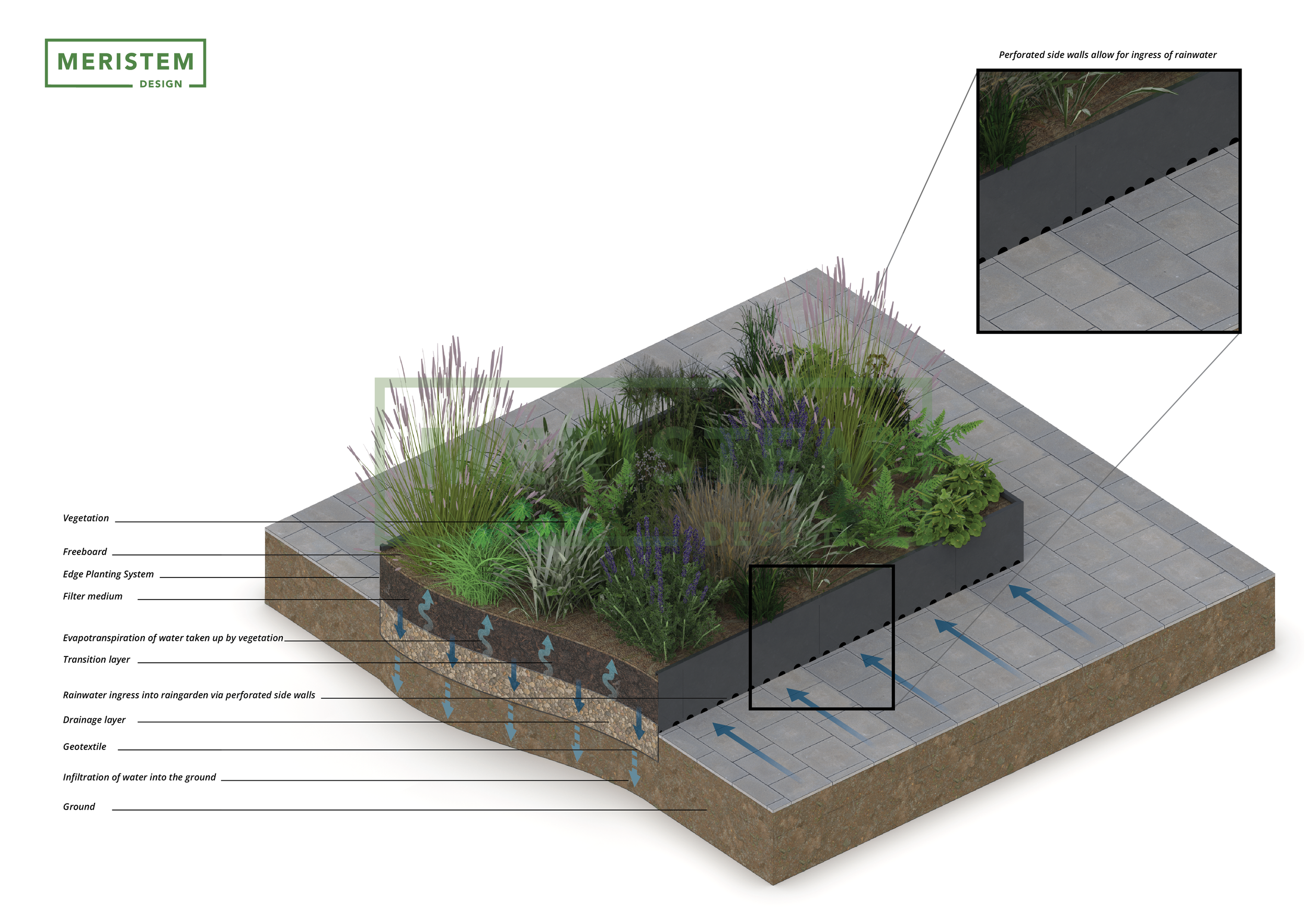
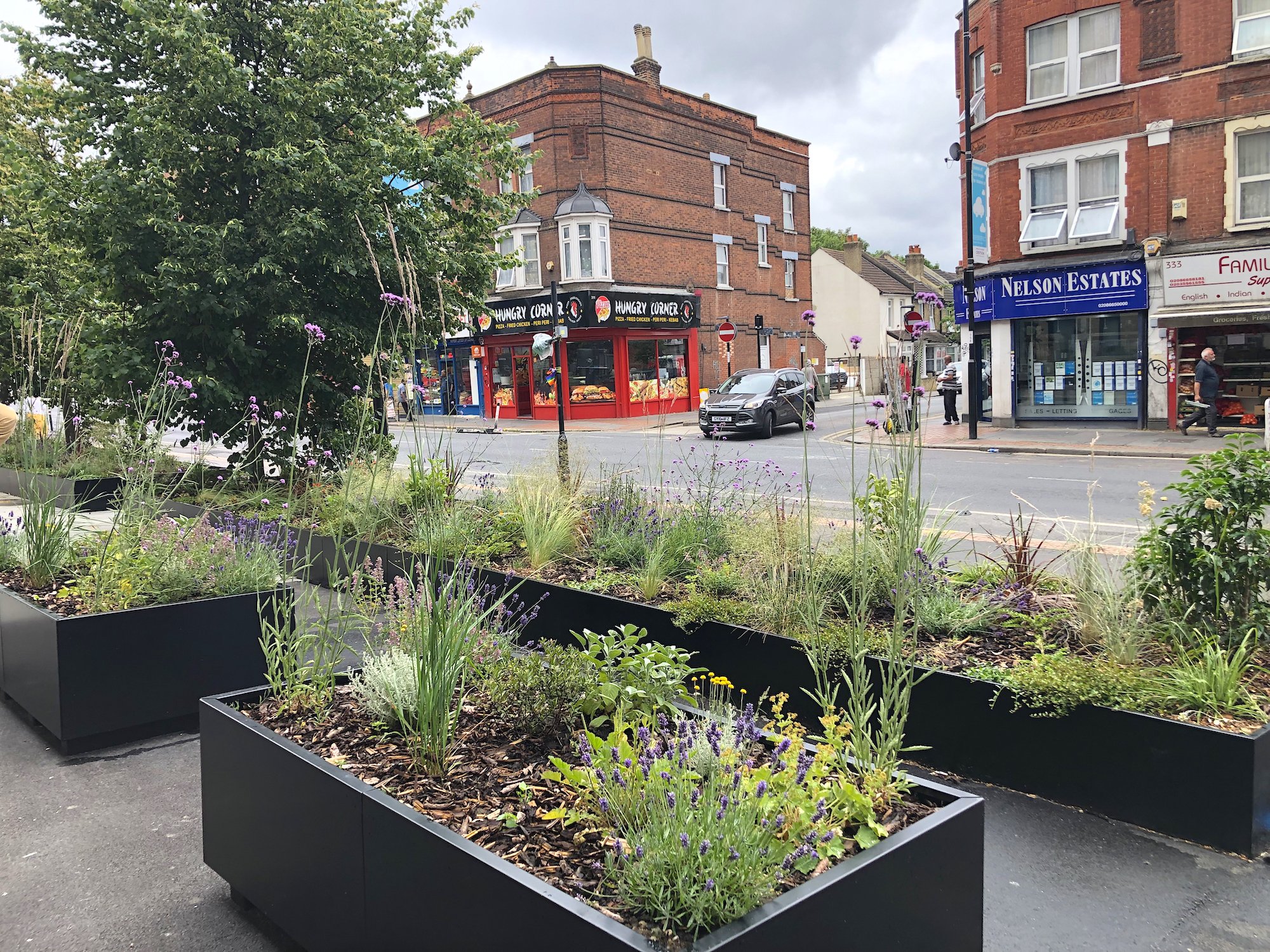
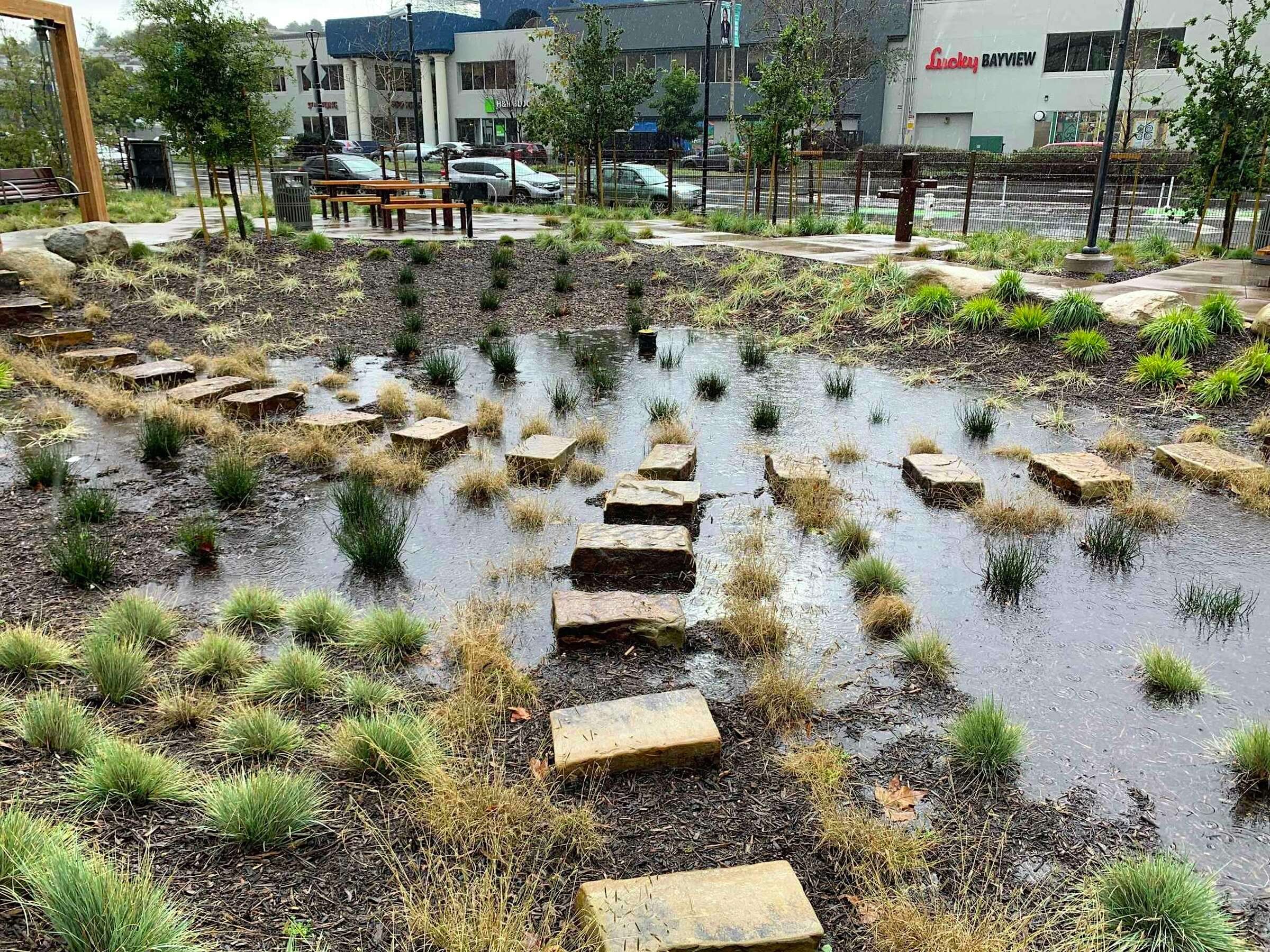

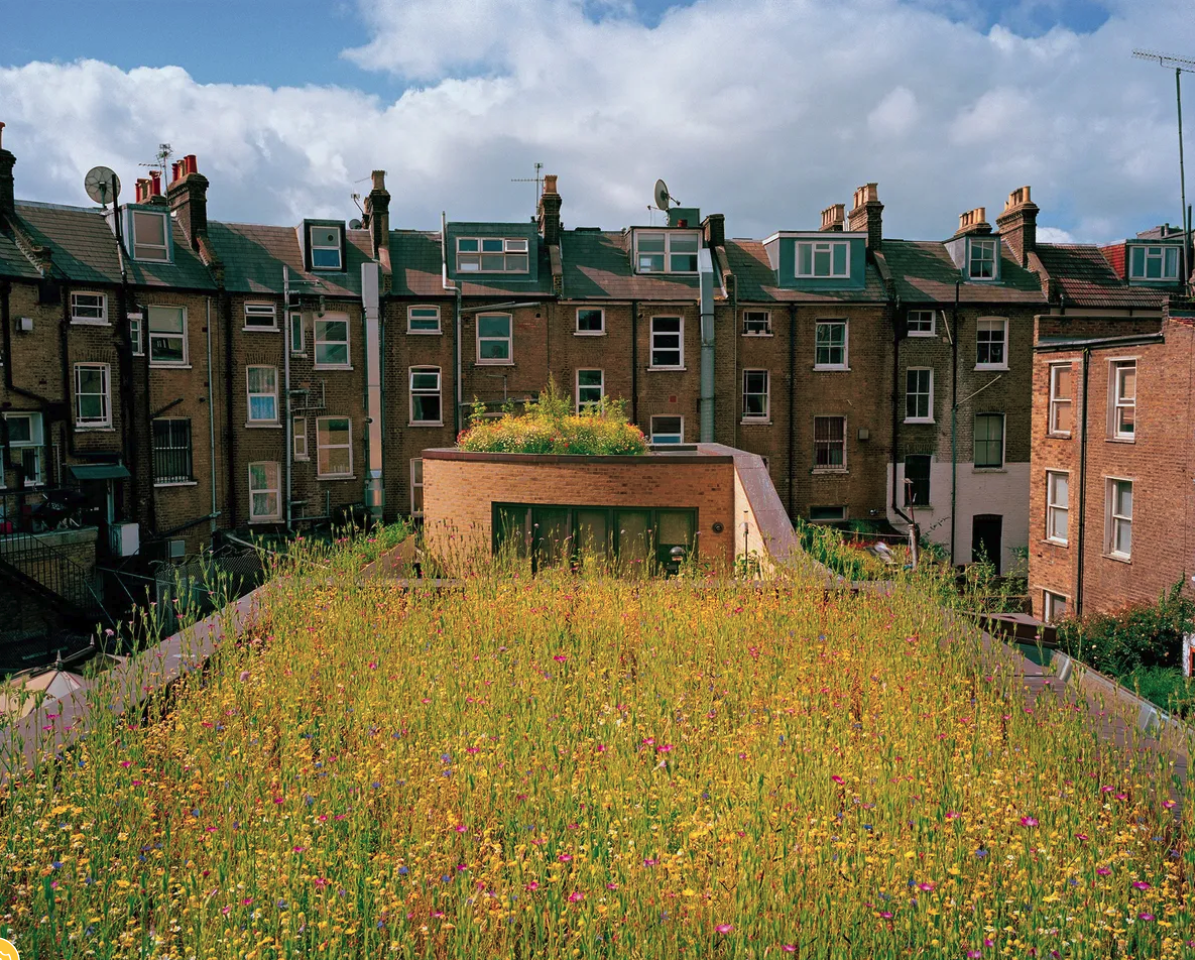
How to prevent flooding in residential areas in London?
To reduce runoff and manage flooding, urban planning and landscaping can incorporate several measures:
Rain Gardens: Shallow depressions planted with native or adapted vegetation that capture, store, and infiltrate stormwater runoff from impervious surfaces like rooftops, sidewalks, and driveways. They act as natural filters, removing pollutants and reducing the rate and quantity of stormwater runoff.
Rain Garden (SuDS) Planters: Elevated or contained versions of rain gardens, these are particularly useful in urban areas with limited ground space. They integrate the principles of rain gardens but are designed to fit into more structured environments like patios, balconies, or along buildings.
Swales: These are shallow, broad channels with vegetation. They capture runoff and either infiltrate it into the ground or transport it away from sensitive areas.
Constructed Wetlands and Retention Basins: Man-made wetlands designed to treat urban stormwater runoff and ponds that store stormwater runoff and slowly release it, reducing the peak discharge to streams and providing some water quality treatment.
Green Roofs: Green roofs are normally rooftops ( or bus shelters) covered with vegetation that can absorb rainwater, reduce runoff, and provide insulation.
Permeable Pavements: These are pavements that allow water to seep through into the ground. They are especially useful in parking lots and driveways.
Incorporating a combination of these techniques in urban landscapes can drastically reduce runoff, improve water quality, and minimise the risk of flooding.
What is a Rain Garden (SuDS) Planter?
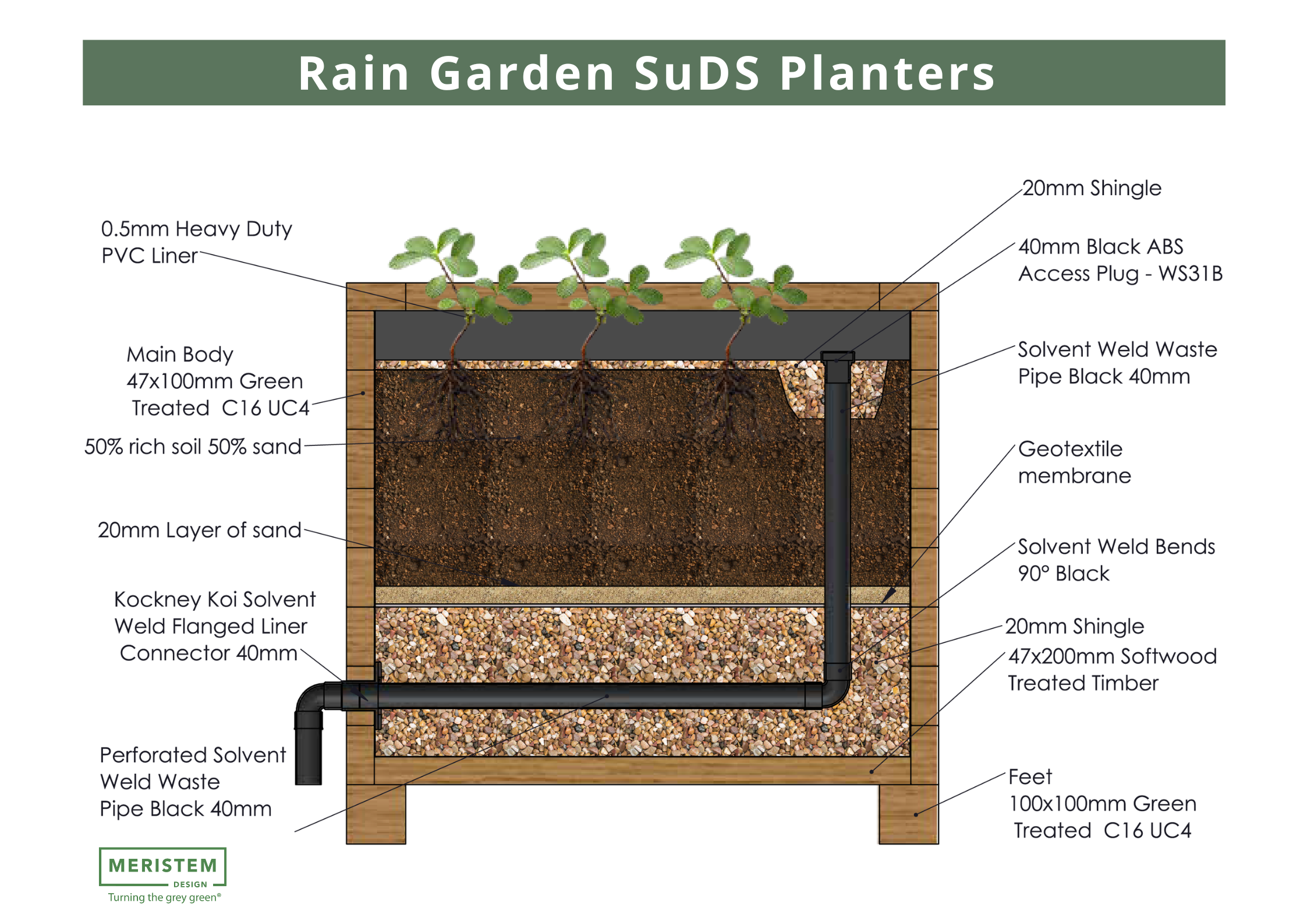
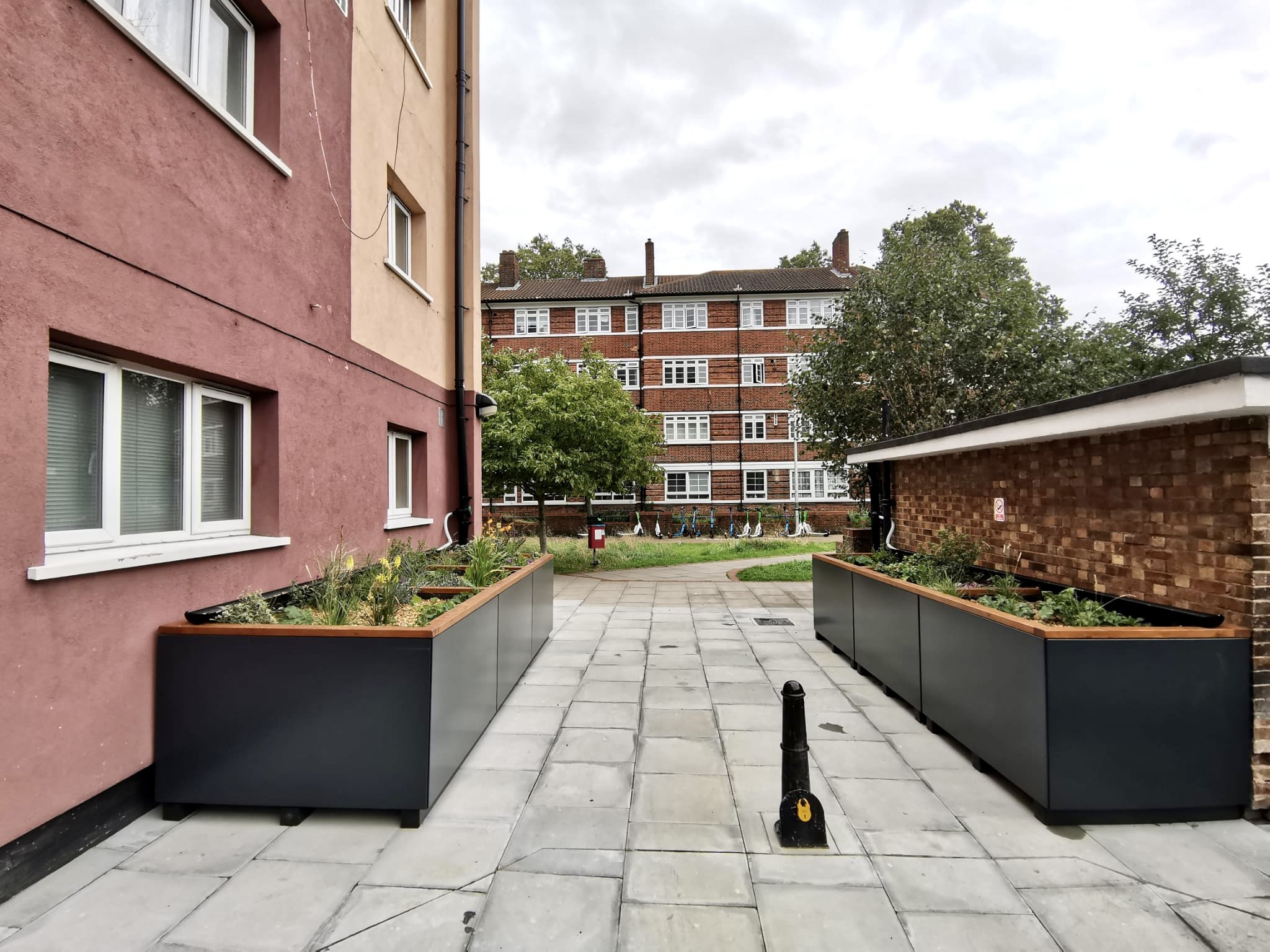

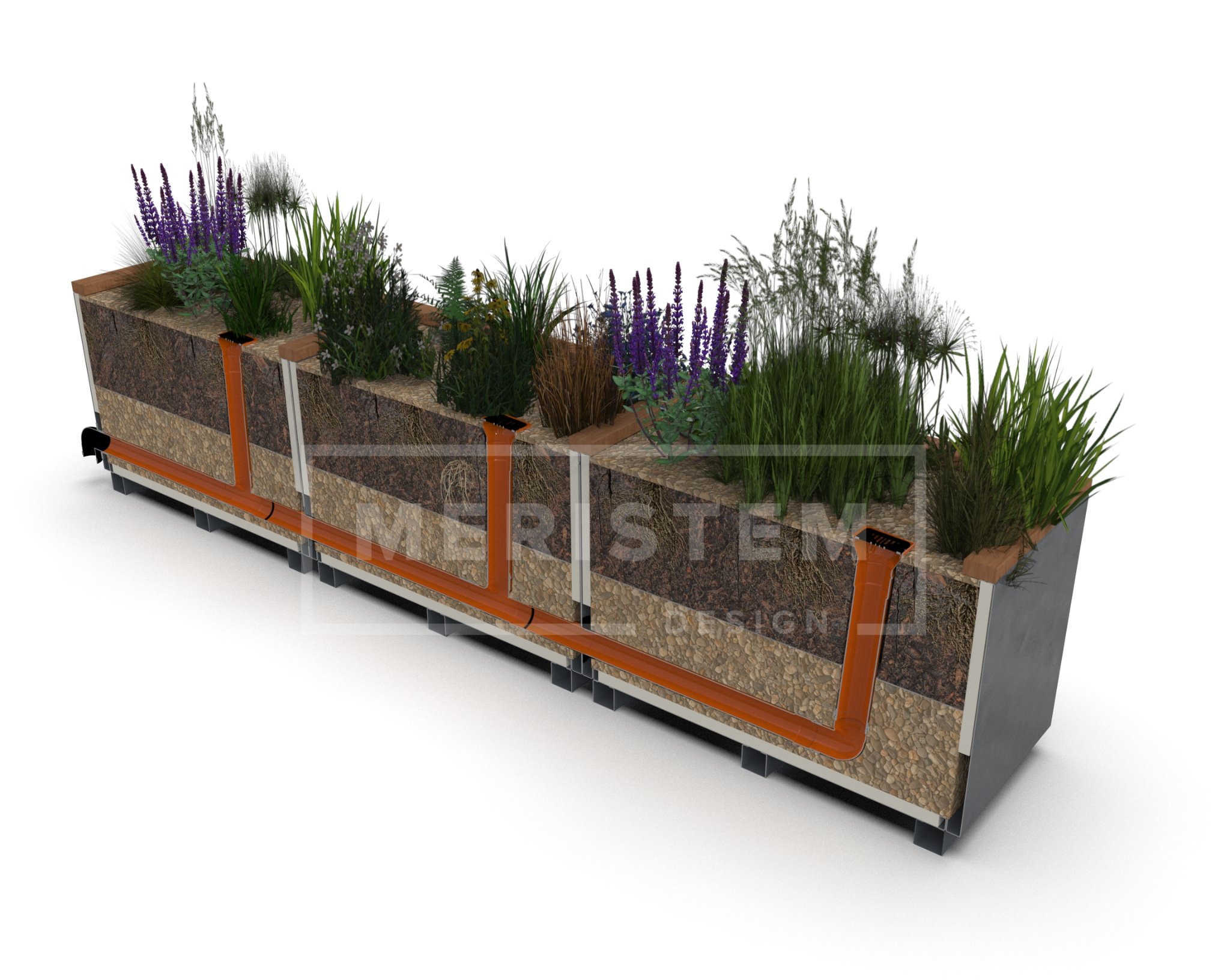
Rain Garden or SuDS Planters are containerised rain gardens. They integrate the principles of SuDS by allowing water to be captured, stored, and slowly infiltrated or evaporated, all within a confined structure.
They are especially useful in urban areas where planting directly into the ground might not be feasible due to space constraints, underground utilities, or contamination.
Like ground-based rain gardens, these planters use a mixture of soil, sand, and compost to filter runoff water. The plants in them are selected based on their ability to thrive in variable water conditions.
Rain Garden/SuDS Planters can be integrated into streetscapes, terraces, rooftops, and other urban settings. They not only manage stormwater but also add aesthetic and biodiversity value to urban spaces.
By using Rain Garden/SuDS Planters, cities can address challenges associated with urban flooding and water pollution, beautify public spaces, and enhance urban biodiversity.
These innovative solutions, like the ones we installed near Tower Bridge (see pictures above), offer a multifaceted approach. SuDS planters are not only designed to manage stormwater and reduce flood risks but also bring in the greenery, enhancing the city’s aesthetics and biodiversity. In residential areas, they serve as mini-reservoirs, absorbing excess rainwater and slowly releasing it back, preventing sudden strain on the drainage systems. By integrating them into urban landscapes, we don't just address flooding; we also embrace biophilic design principles, connecting urban residents to nature.
Thus, while the threat of flooding in London is real, solutions like SuDS planters present a hopeful and sustainable way forward, marrying functionality with aesthetic appeal.
Why choose SuDS planters?
SuDS planters combine the benefits of SuDS with the beauty and functionality of urban greenery:
Space-efficient: Perfect for densely built urban areas where space is at a premium.
Aesthetic Appeal: They beautify urban spaces while serving a critical function.
Biophilic Design Benefits: Bringing nature closer to urban dwellers, these planters cater to our intrinsic need to connect with nature.
How do SuDS planters Work?
1. Surface Water Collection:
SuDS planters start their operation at the very beginning of the rainwater journey. Positioned in strategic locations, they capture and collect surface runoff. This is the rainwater that, in traditional urban landscapes, would run across impervious surfaces like roads and rooftops, collecting pollutants along the way and often overwhelming sewer systems.
2. Filtration:
Once the rainwater enters the Rain Garden/SuDS planter, it passes through a layer of vegetation. Plants are chosen not only for their aesthetic appeal but also for their capability to uptake pollutants. As water filters through the roots and surrounding soil or substrate, many of the pollutants carried in from the streets, such as oils, heavy metals, and sediments, are naturally filtered out.
3. Storage:
Below the soil or substrate layer, there is usually a storage area. This is often composed of gravel or another porous material that holds onto the water, releasing it slowly back into the environment. This slow release ensures that local sewer systems or watercourses aren't overwhelmed by a sudden influx of water during or immediately after heavy rain.
4. Evapotranspiration:
A good portion of the collected water never makes it to the sewer system or local watercourses. Instead, it is taken up by the plants and returned to the atmosphere through a process called evapotranspiration. This not only reduces the volume of water that needs to be managed but also aids in cooling the surrounding environment.
5. Overflow and Controlled Release:
In instances of particularly heavy rainfall, the SuDS planter might become full. In these cases, it's designed with overflow mechanisms that ensure water is still released at a controlled rate, thus preventing sudden onrushes that could lead to flash floods.
6. Biodiversity and Aesthetics:
Apart from their functional aspects, SuDS planters play a crucial role in enhancing urban biodiversity. They become microhabitats for various flora. Furthermore, the vegetation enhances the aesthetics of the urban environment, offering visual and mental relief.
How do SuDS planters offer a sustainable and effective solution to urban flooding concerns?
Stormwater Management: SuDS planters are designed to capture and manage stormwater, reducing the immediate load on traditional drainage systems and thus reducing flood risks.
Natural Filtration: The plants within these systems act as natural filters, removing pollutants and ensuring cleaner water returns to the environment.
Urban Cooling: The greenery within these planters contributes to mitigating the urban heat island effect.
Biodiversity: SuDS planters, filled with diverse plants, also contribute to local biodiversity, making urban settings more eco-friendly.
Space-Efficient: Especially pertinent for urban settings like London, SuDS planters do not require vast expanses of space and can be effectively integrated into both residential and commercial settings.
In conclusion, while London does have its flood-prone zones, proactive measures, and innovative solutions like SuDS planters can substantially mitigate the risks and create a greener, more sustainable urban environment.



